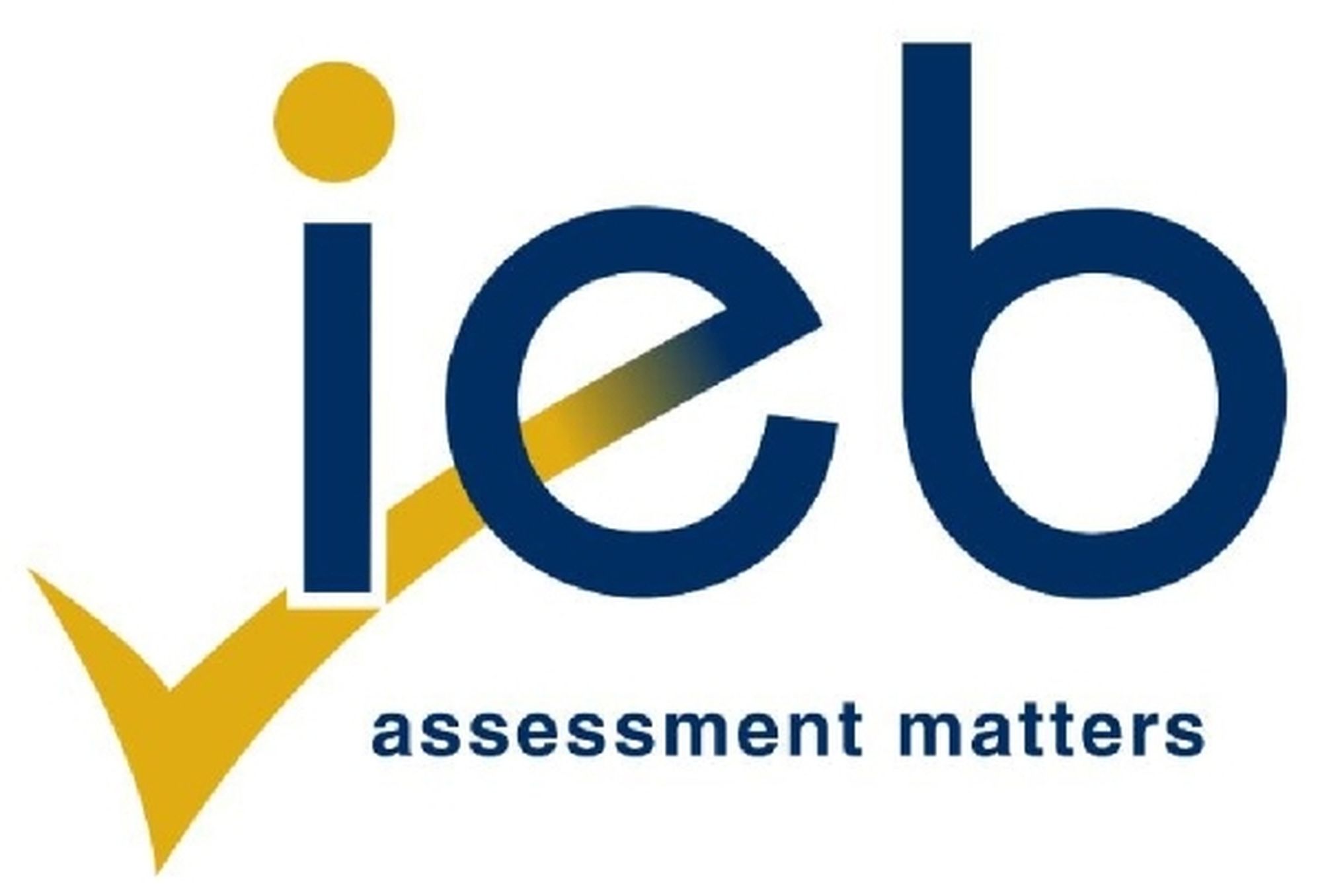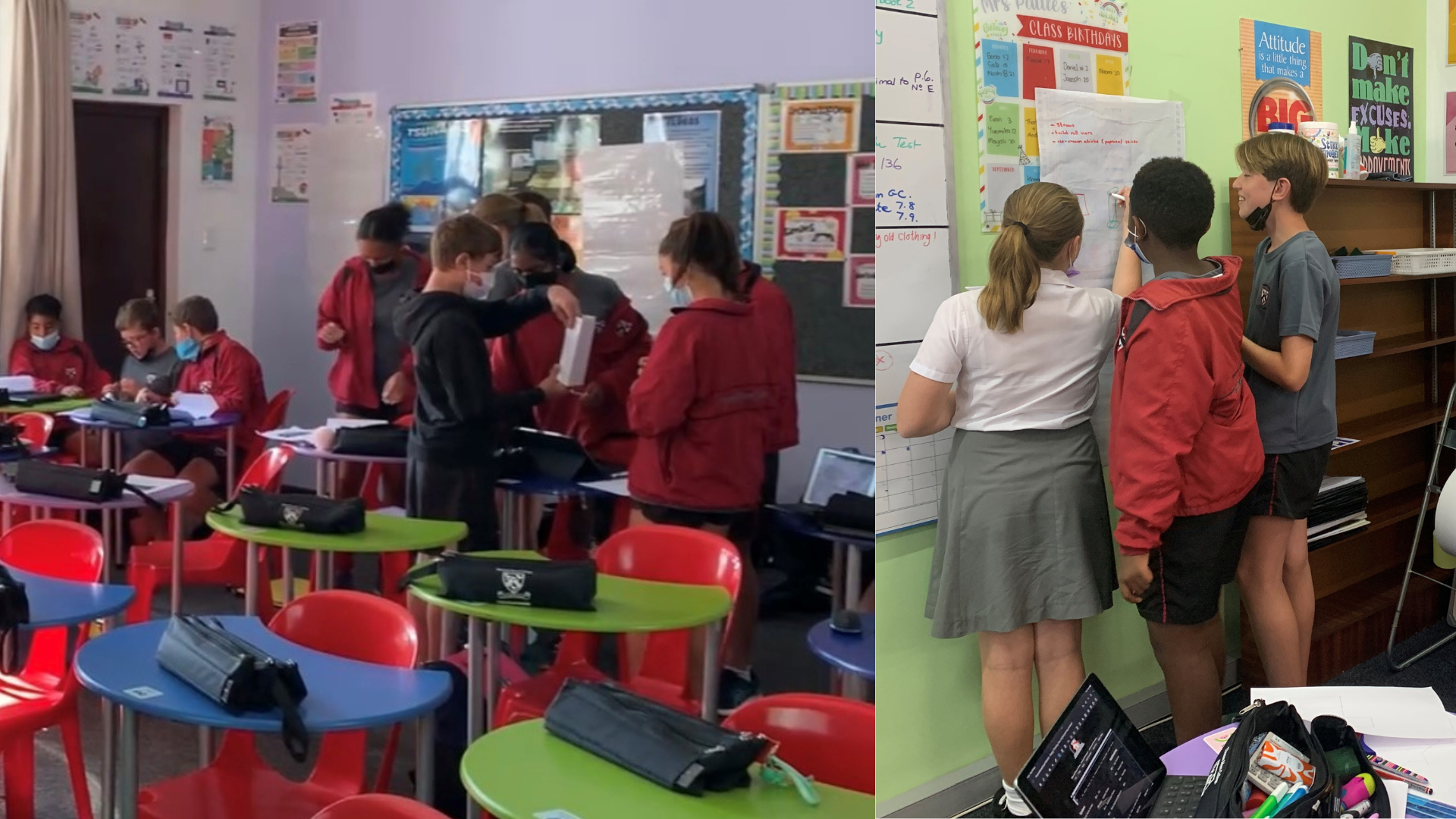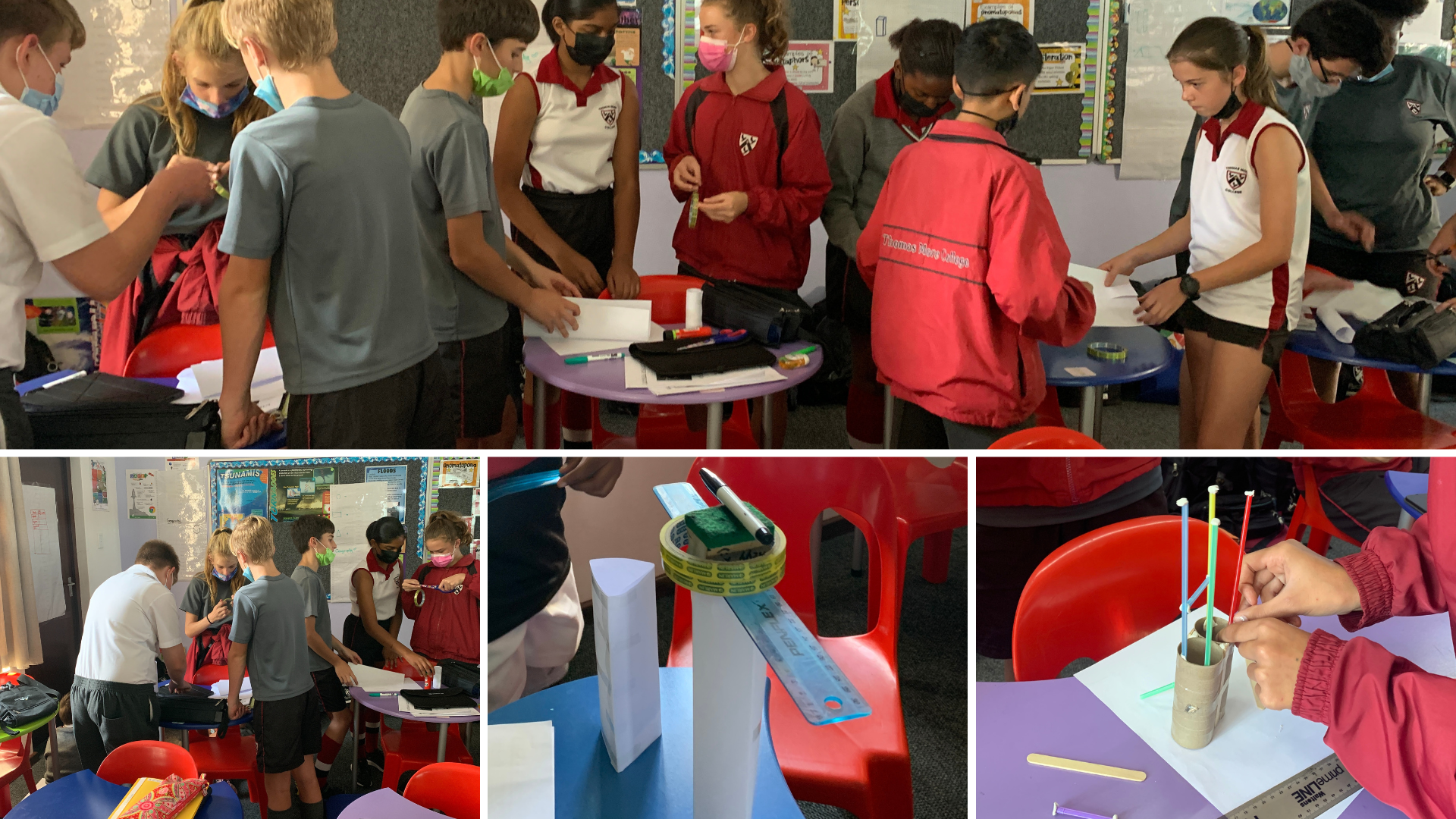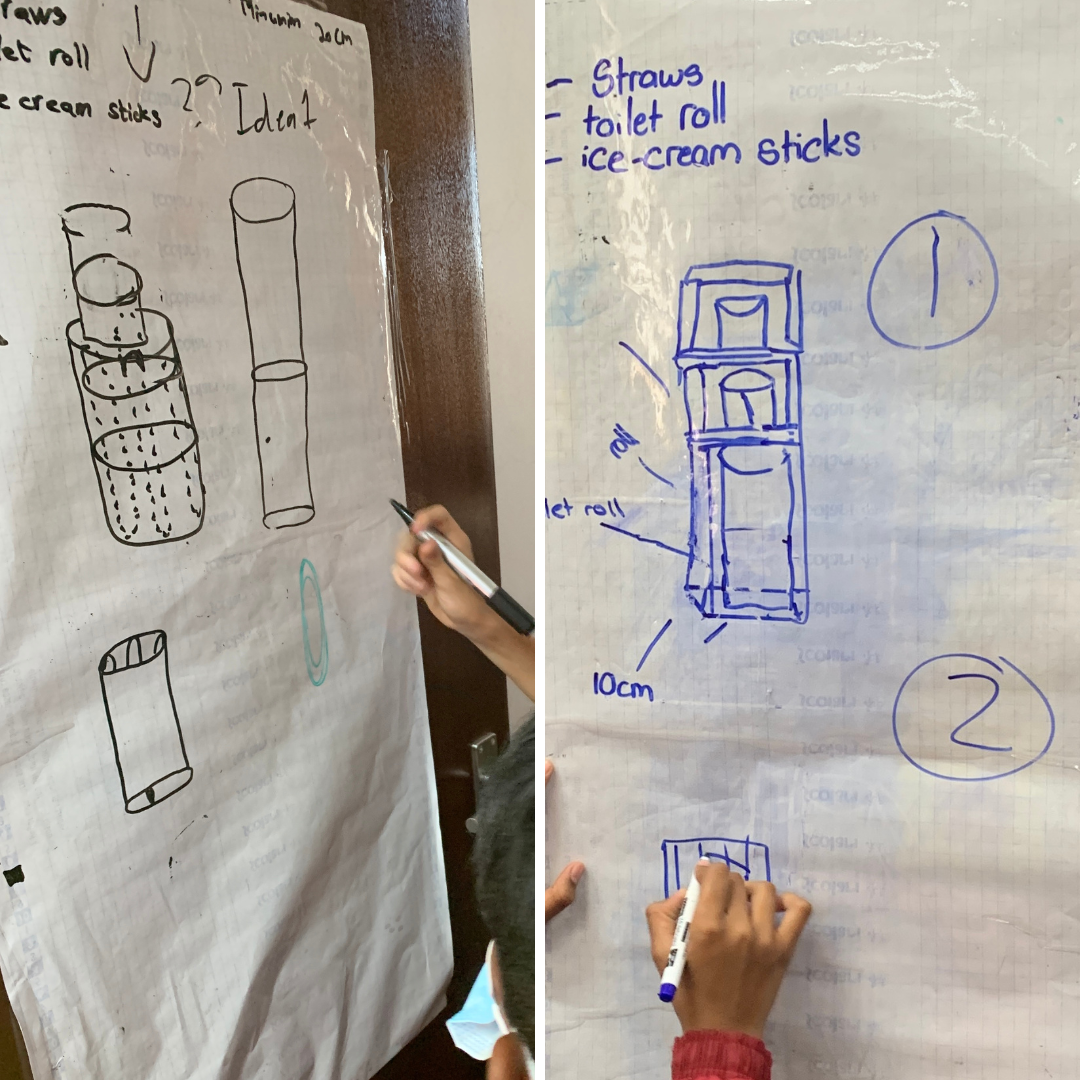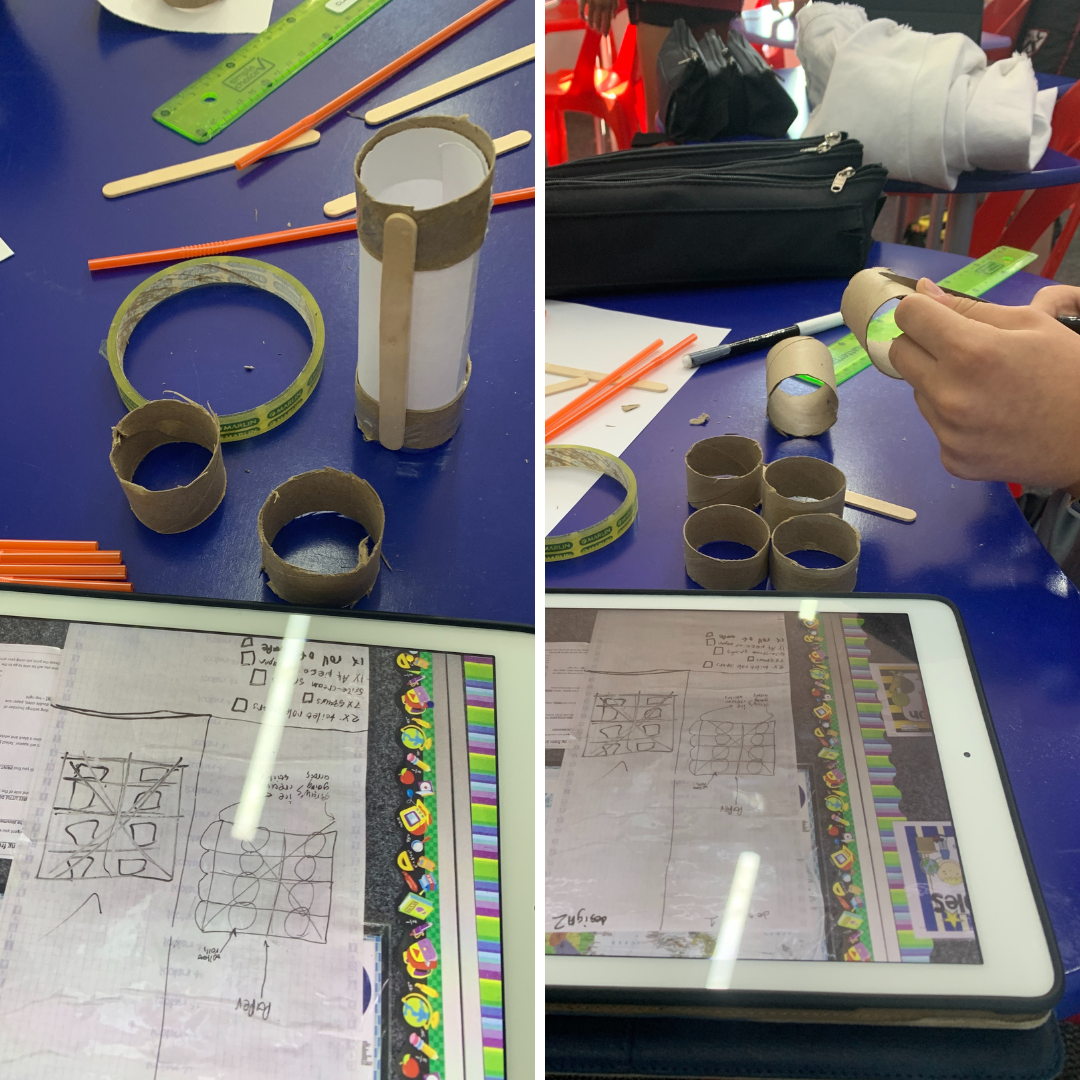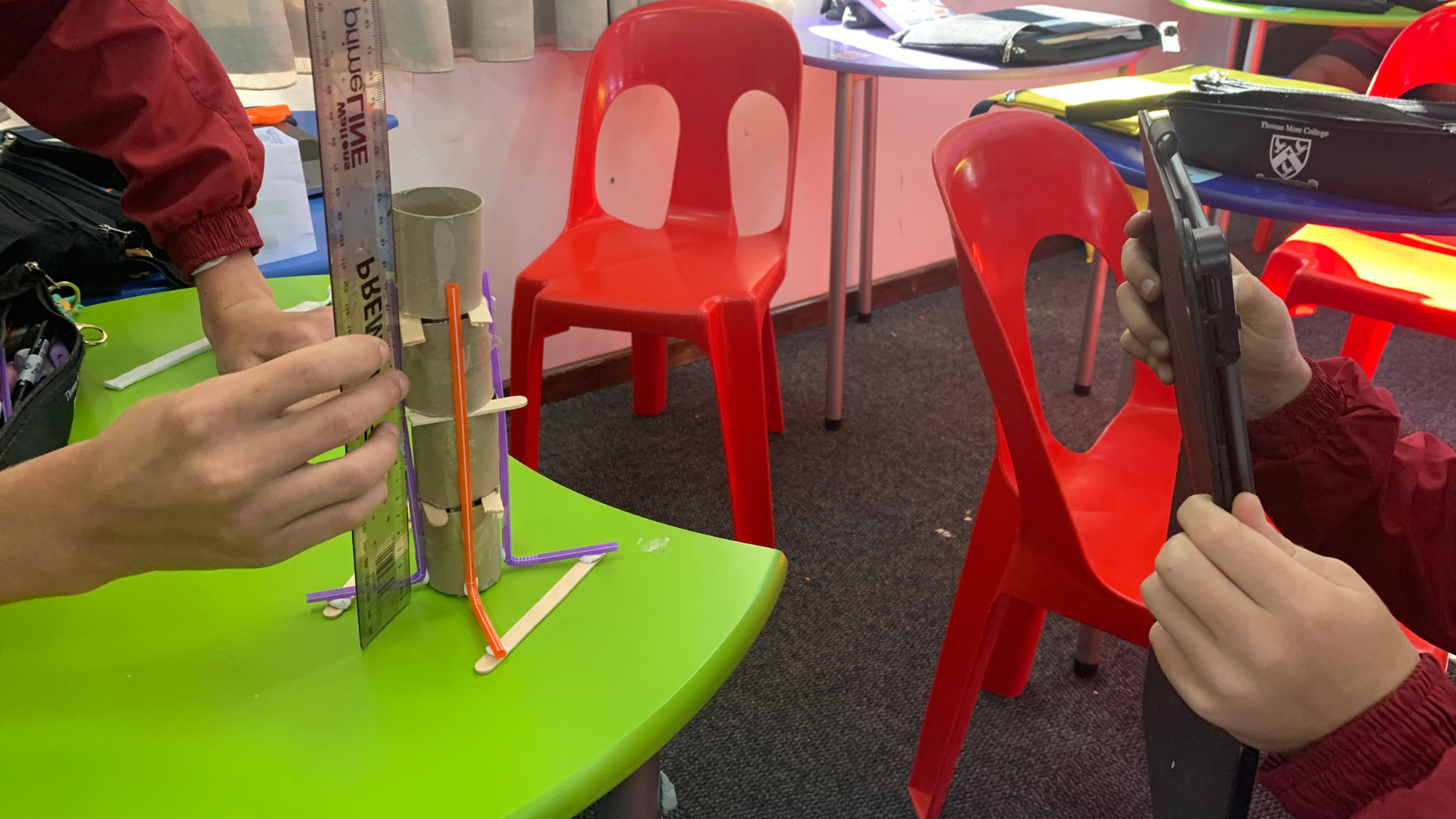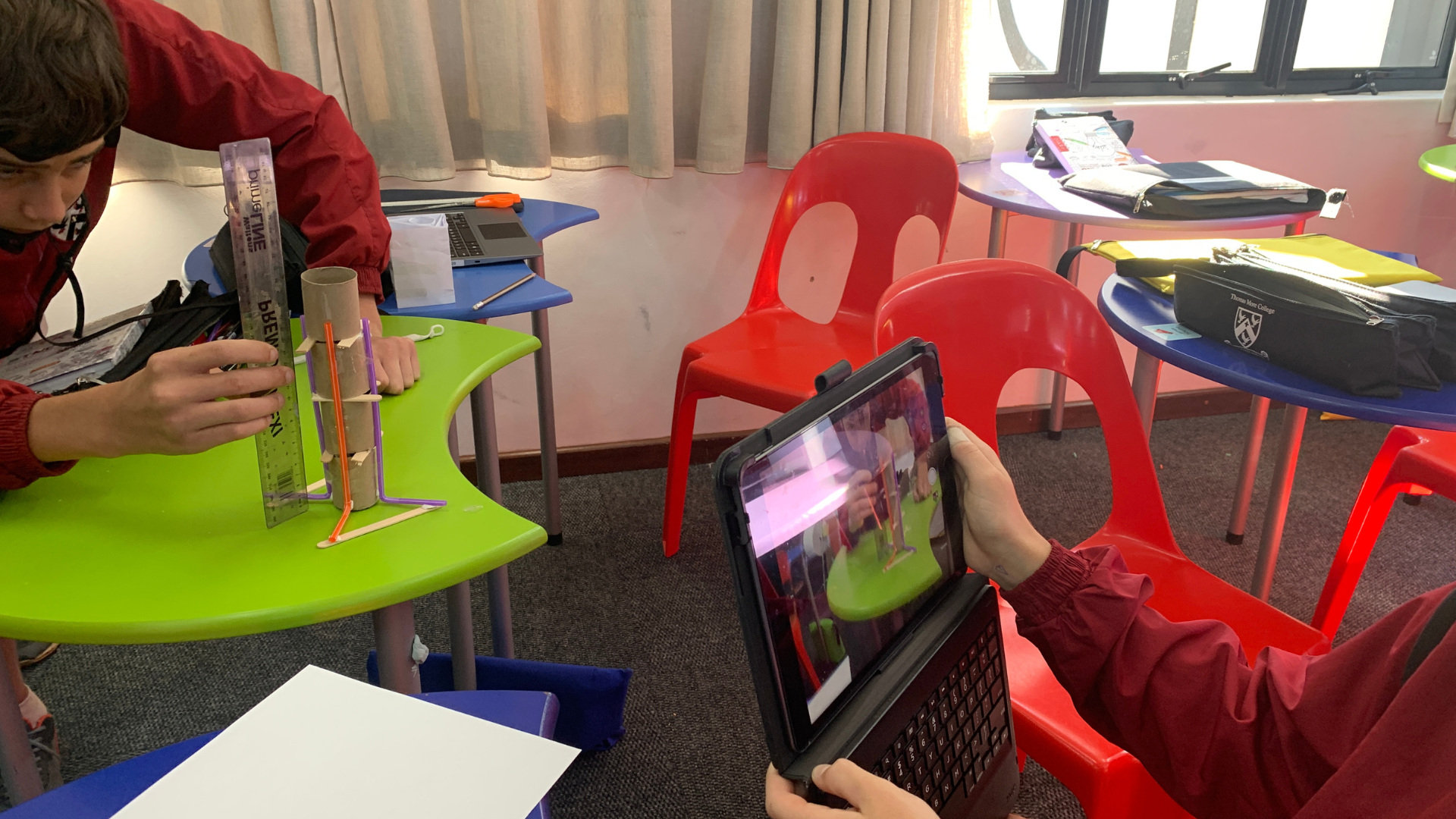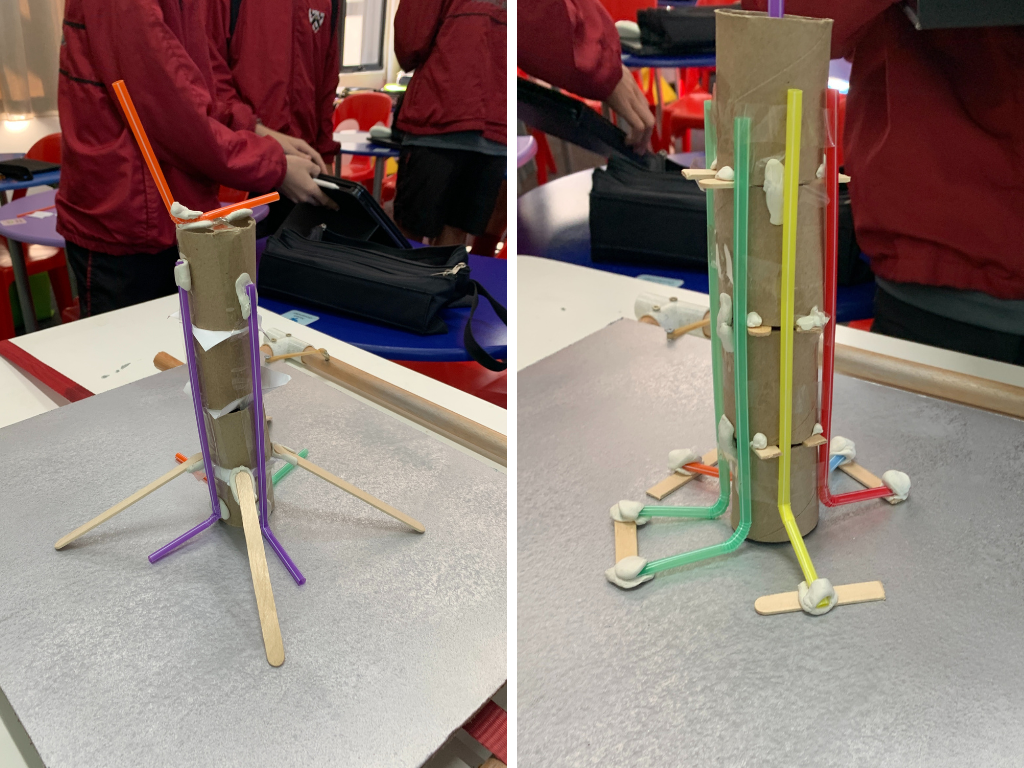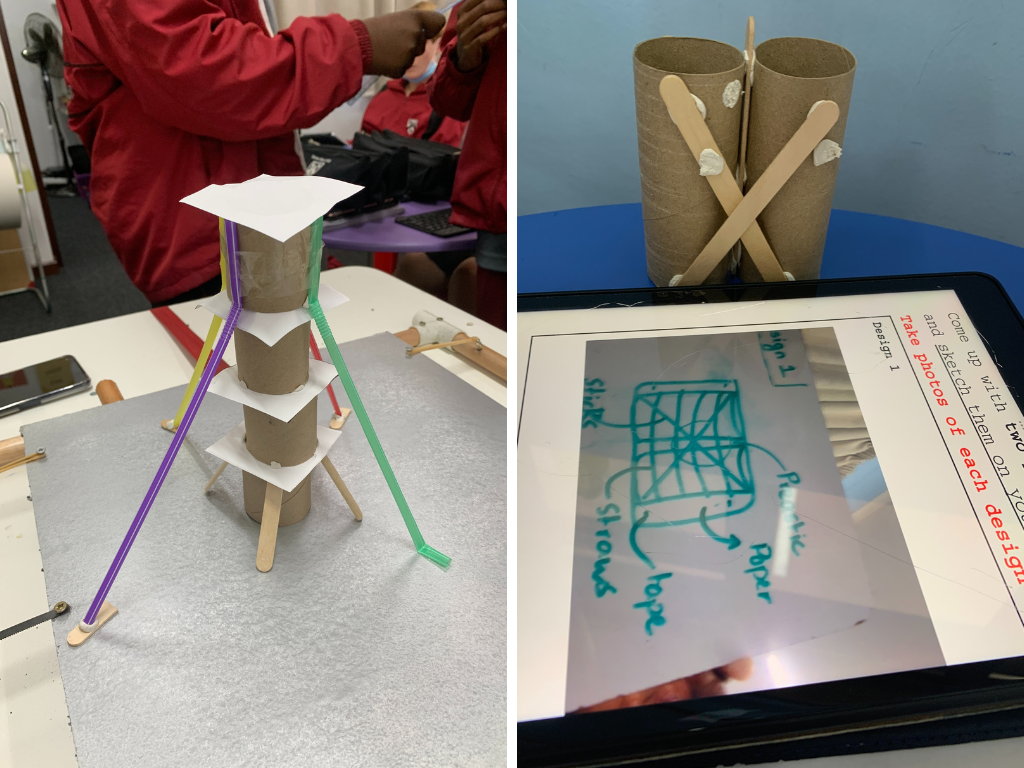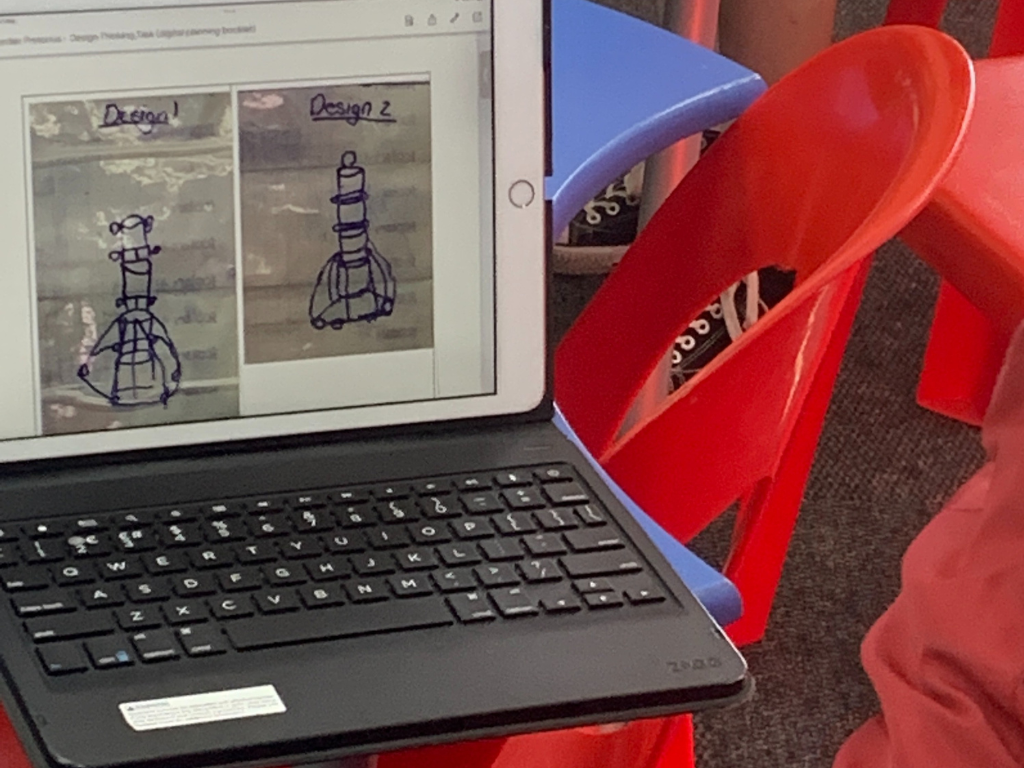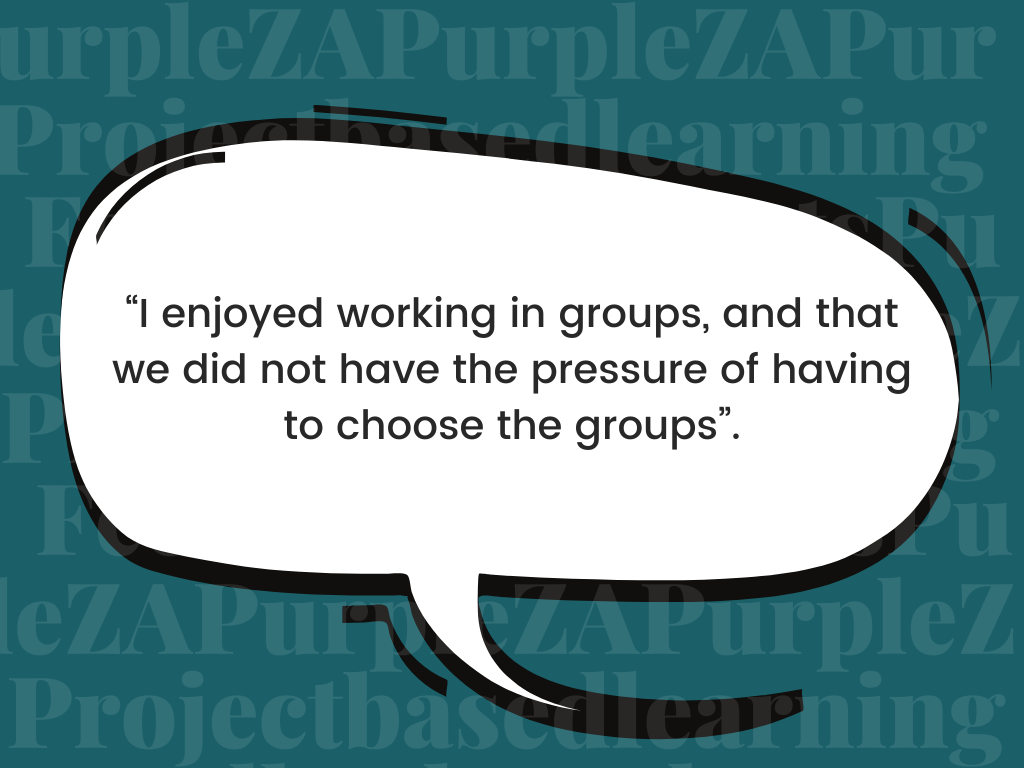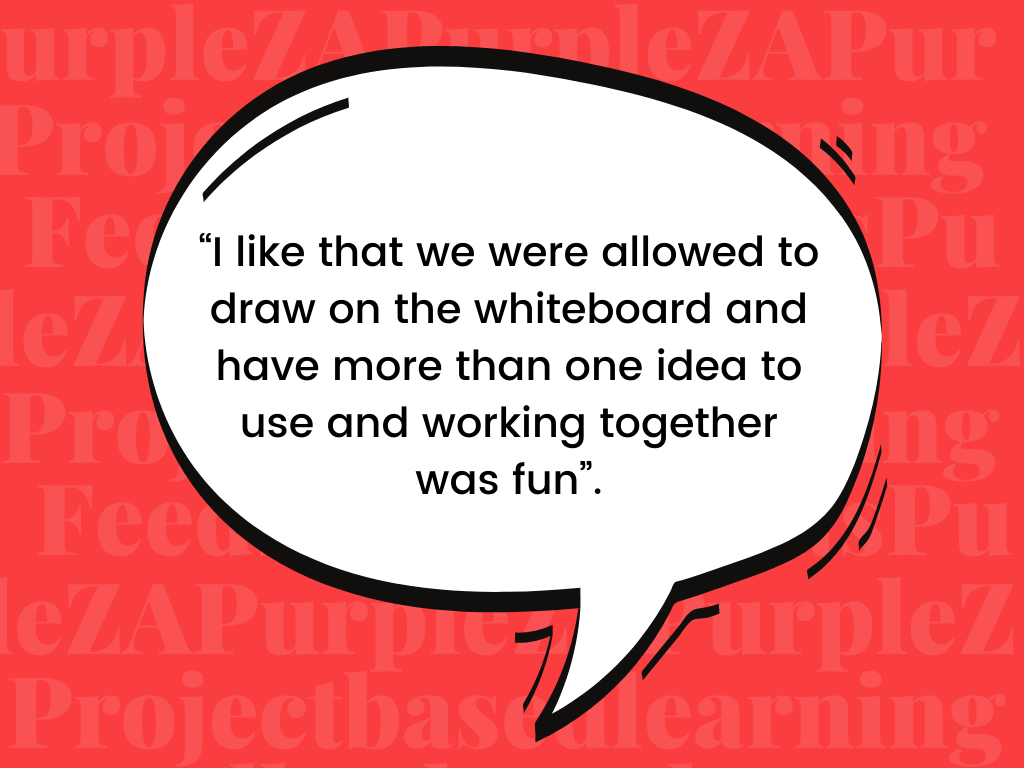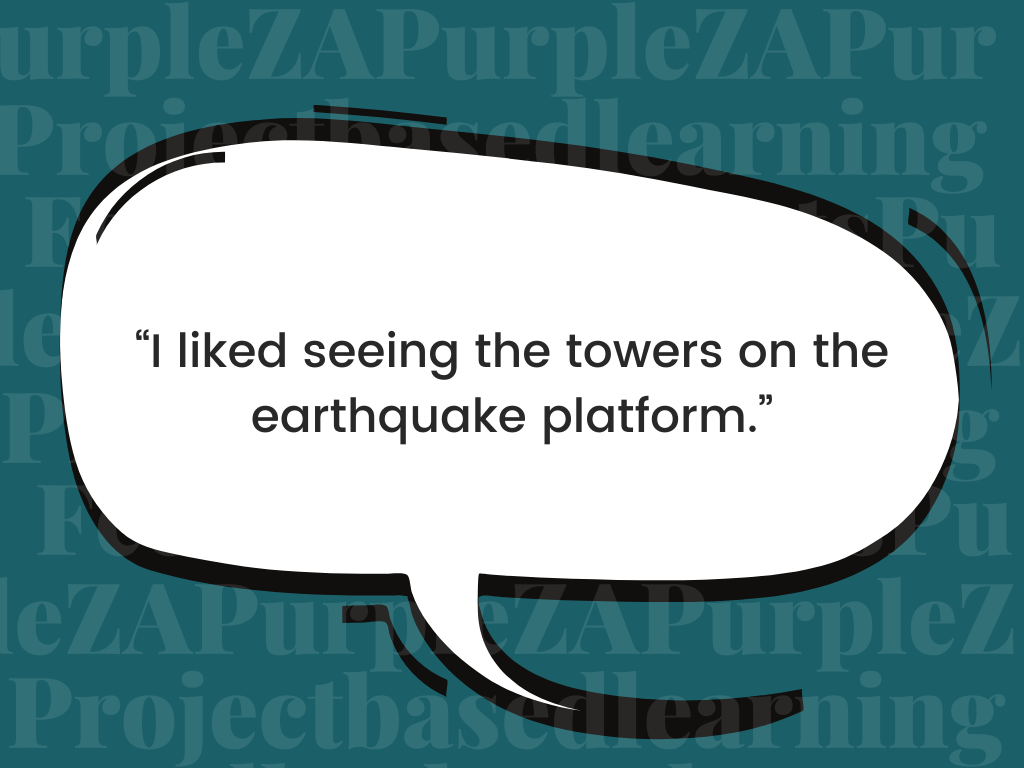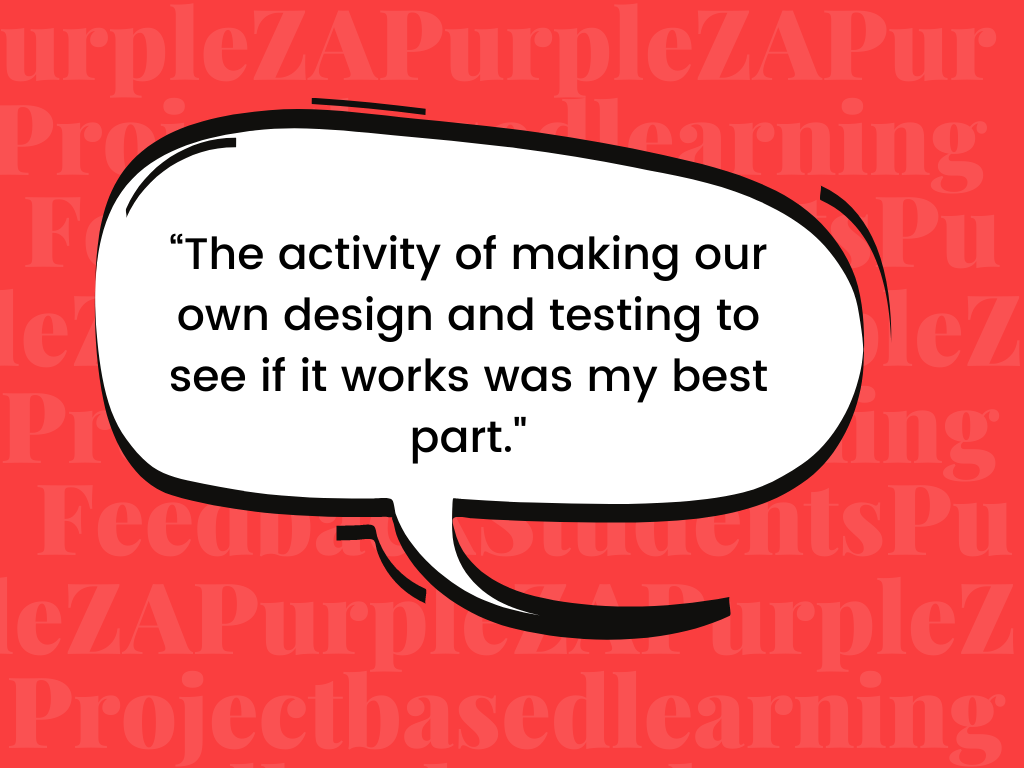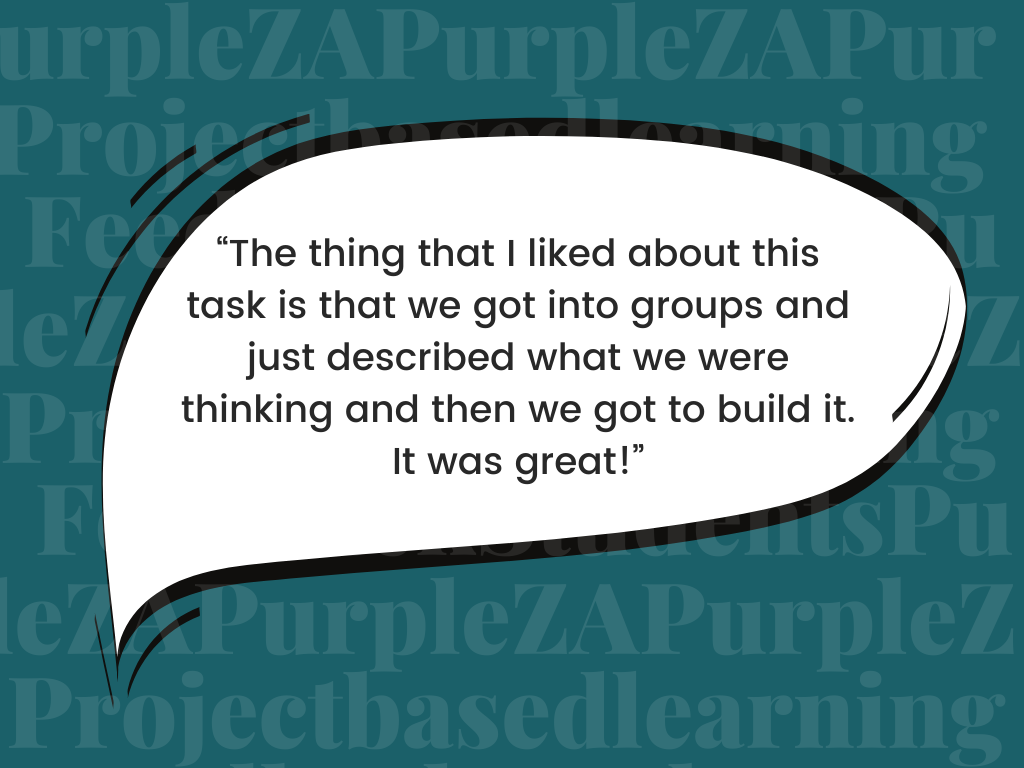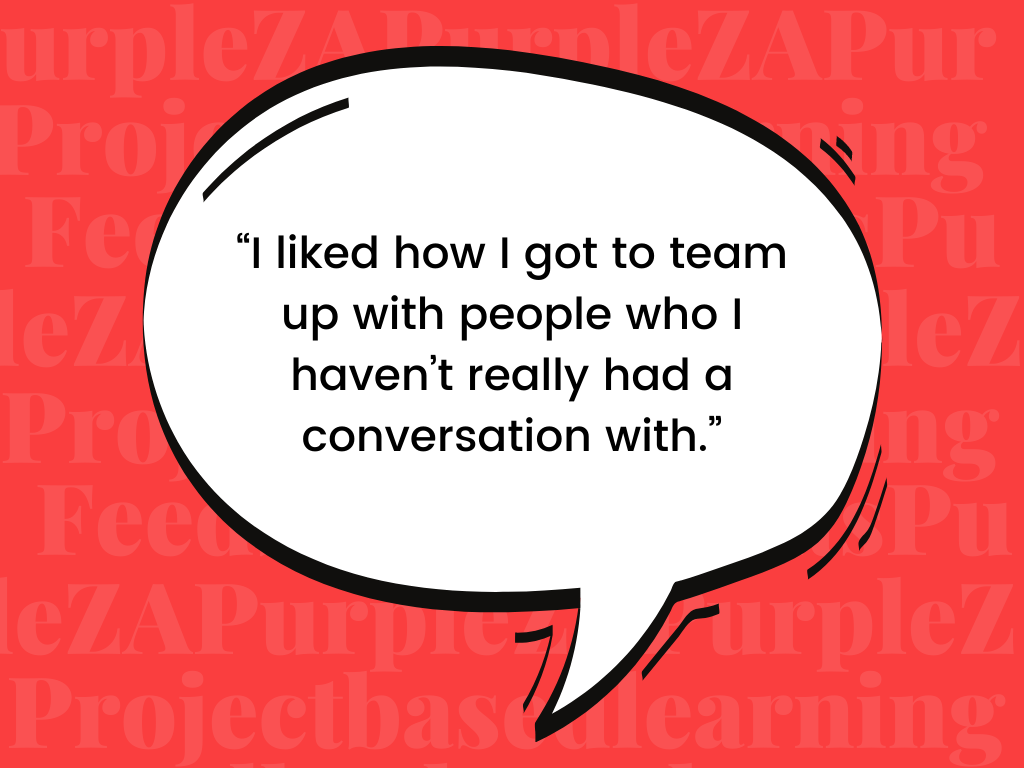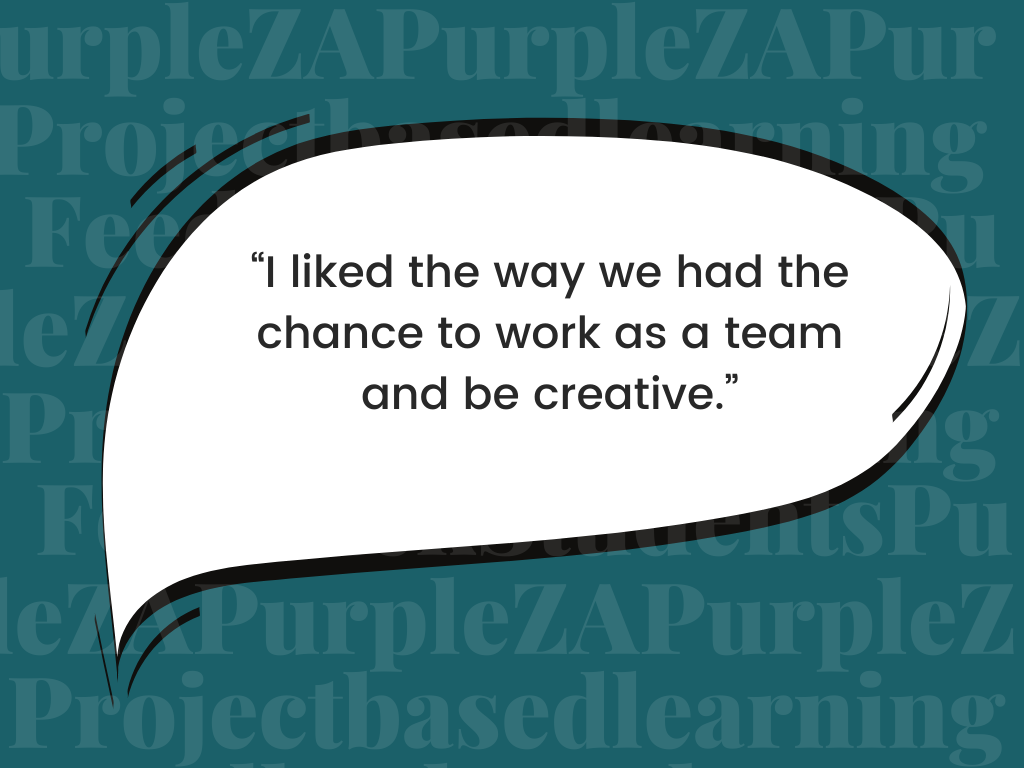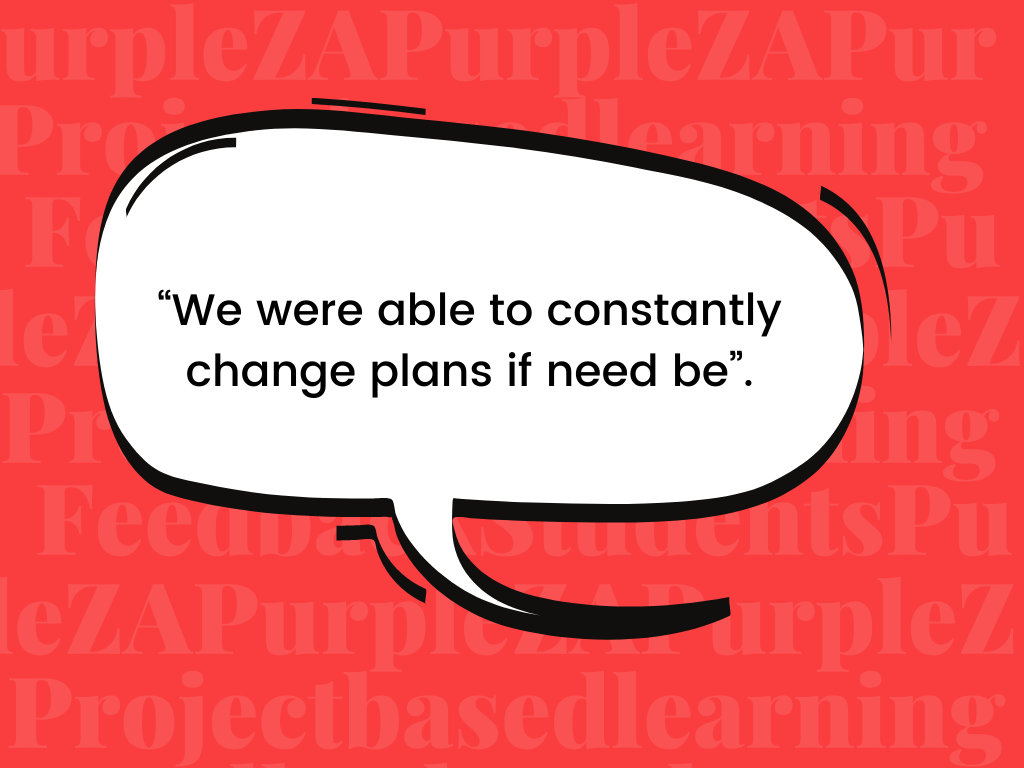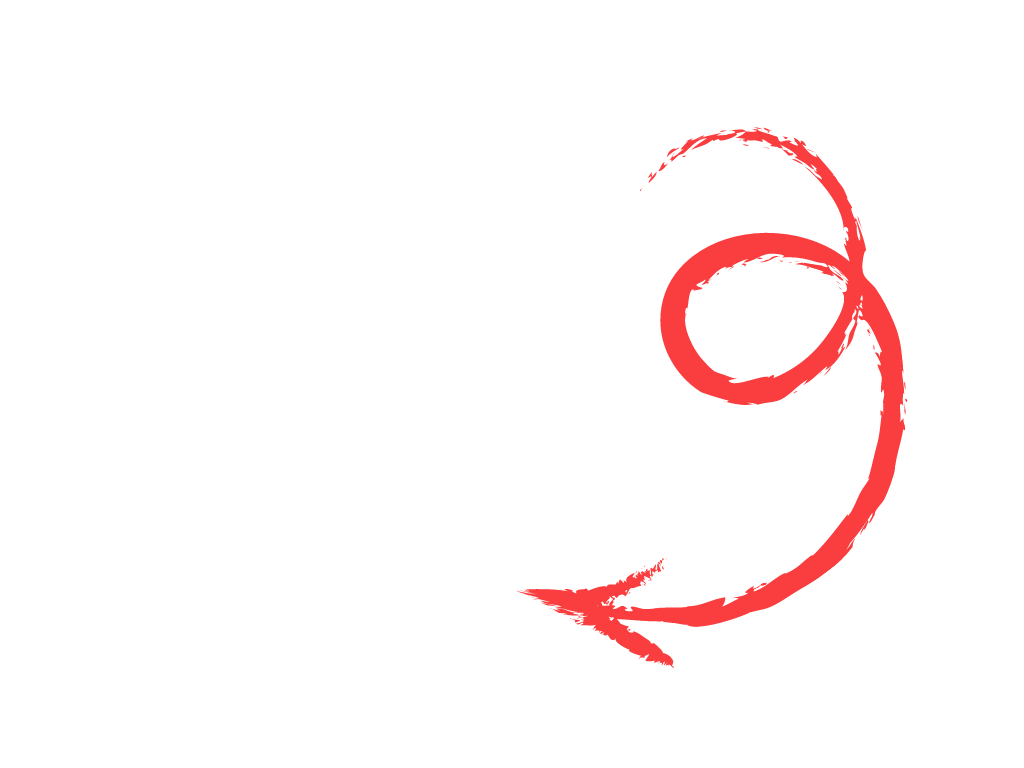The title of this story, Shaking things up!, is not only referring to the topic of earthquakes but also to my goal in teaching grade 7 Geography. Teaching content by just covering a syllabus is boring for the teacher and the learners. I wanted to ‘shake things up’ in my lessons this year. I have followed a number of inquiry-based teachers on social media for a number of years but have never been brave enough to move away from the traditional way of teaching, mostly because the South African educational system is so ‘marks driven’. This task was inspired by those teachers in my PLN who teach using inquiry-based methods as well as design-thinking. After returning from the InnovateEDU Conference in Cape Town recently, where I was enthralled by Alan Antoine’s “Off the wall” teaching sessions, I decided to include this into the task. The effects were mind-blowing.





